Anatoly Yakovenko has sparked a backlash on Twitter regarding cryptocurrency, opening up a lively debate on the role of community. While the conversation is not directly related to Web3, a single comment from the Solana executive has drawn a wave of criticism.
Base and Solana's Executive Committee Disagree on Community
The controversy began when Yakovenko responded to a post by X's Chief Product Officer Nikita Bier about potential improvements to X (Twitter).
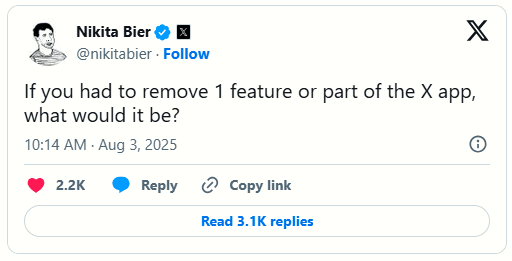
According to Anatoly Yakovenko, co-founder of Solana, the community is useless, a stance that has provoked strong and swift criticism from both developers and users.
While some interpreted his comments as a reference to the Community feature of app X, others saw it as a broader dismissal of community-driven development in the cryptocurrency space.
Jesse Pollak, founder of Base chain and a key figure at Coinbase exchange, challenged this perception by emphasizing the importance of community.
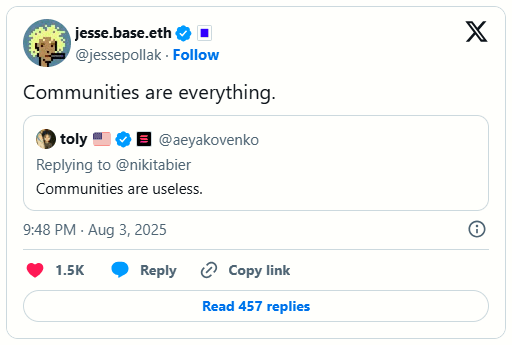
Pollak further explained that meme coin projects, in particular, rely on the community. According to the executive director of Base, while it is relevant, the community also needs to be facilitated to connect them together.
Other users agreed with Pollak's viewpoint, pointing out the irony in Yakovenko's statement when considering Solana's current trajectory in the meme cryptocurrency market.
"Why does Toly hate the only ones raising Solana's price?" a user commented.
This comment alludes to cryptocurrency traders and gamblers who have dominated Solana's on-chain activity in recent months.
They added: "It's crazy to bite the hand that built you."
Indeed, data from Dune shows a vibrant and speculative trading environment for the Solana meme coin, characterized by short-term momentum shifts.
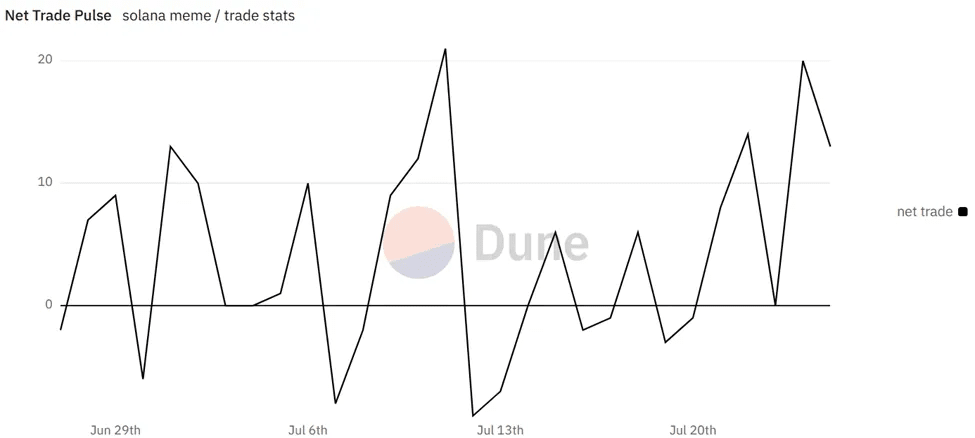
Meme Coins Demonstrate Community Strength on Solana
Similarly, the Diamond Hand share metric shows that 62.4% of SMTA token holders (Solana Meme Token Analysis) qualify as Diamond Hands, meaning they have held their tokens for a long time without selling.
The remaining 37.6% are considered short-term or temporary holders. This is a strong indicator of investor confidence, especially regarding relatively new or speculative assets on the Solana network.
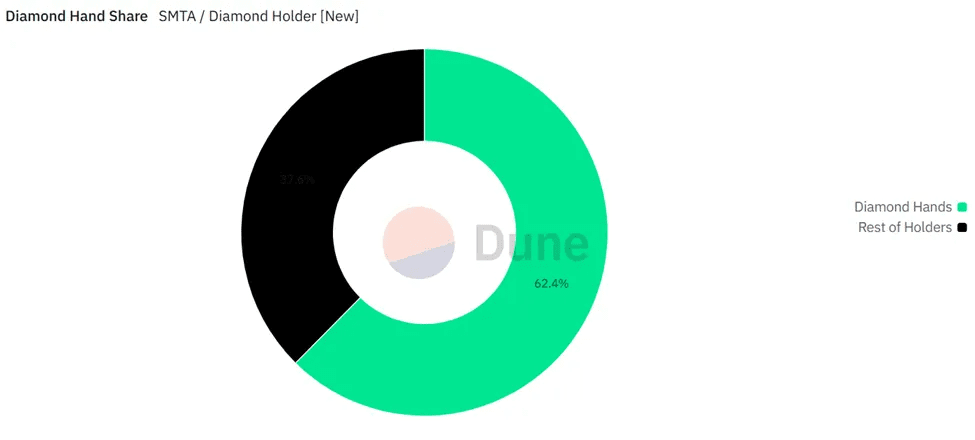
This indicates that a large portion of SMTA holders believe in the long-term value of the project and are not easily swayed by price volatility or short-term market fluctuations.
Key metrics indicate resilience despite continuous declines of the Solana meme coin. This reinforces the argument that meme communities and their trading behaviors play a crucial role in the Solana ecosystem.
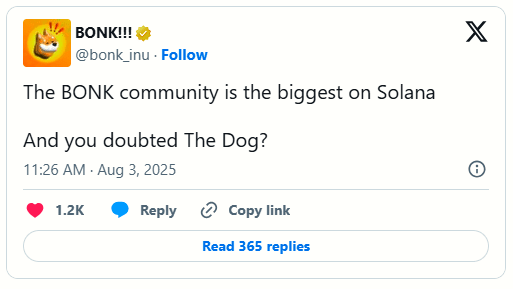
This is in stark contrast to Anatoly Yakovenko's claim that the community is useless.
A user joked: "Literally every coin on Solana is now using community instead of chatting on Telegram, Anatoly."
The timing of this comment is particularly sensitive. Solana has seen a spike in on-chain activity, with long-term holders quietly buying in as prices fall.
Despite the recent price drop, BeInCrypto reported that Solana holders earned $367 million SOL in just one week.
Critics argue that downplaying the importance of infrastructure like community would alienate the most active user group on the chain and weaken Solana's decentralization narrative.
The debate highlights a larger cryptocurrency theme: while technology and scalability are important, community engagement often drives adoption.
With competing chains vying for user attention, developers like Pollak see community as essential infrastructure rather than a mere marketing gimmick.
